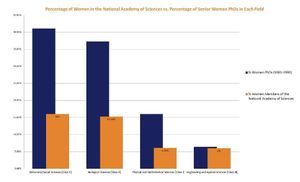Inside Higher Ed reports that the American Economics Association is switching its journals’ editorial process from double blind to single blind peer review. They make several arguments for the change:
- In the age of search engines, reviewers can easily and accurately guess the identity of authors.
- Making both reviewers and authors anonymous imposes administrative burdens on editors.
- Knowing the author will allow reviewers to assess bias and potential conflicts of interest.
On the other side of the debate, a 2008 study found that when the journal Behavioral Ecology added double blind peer review, the number of female, first-authored papers increased.
When I first started reviewing double blind manuscripts, I would often look for clues to the author’s identity. It was partly from curiosity and partly so I could evaluate the submission in light of the scholar’s other work. More recently, when I review double blind articles, it’s not worth the effort to track down the author, so I make judgments based on the manuscript itself. I doubt that it has made any difference in my ultimate recommendations, but it does save time.
